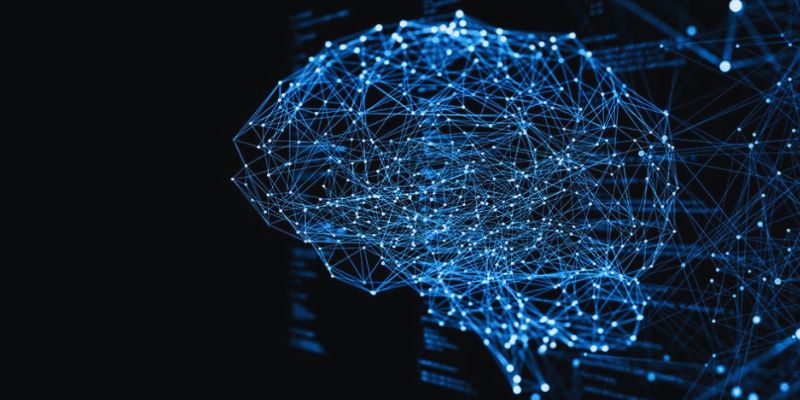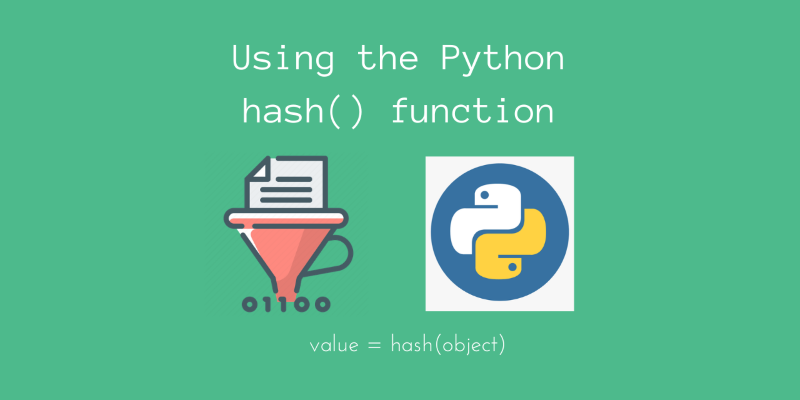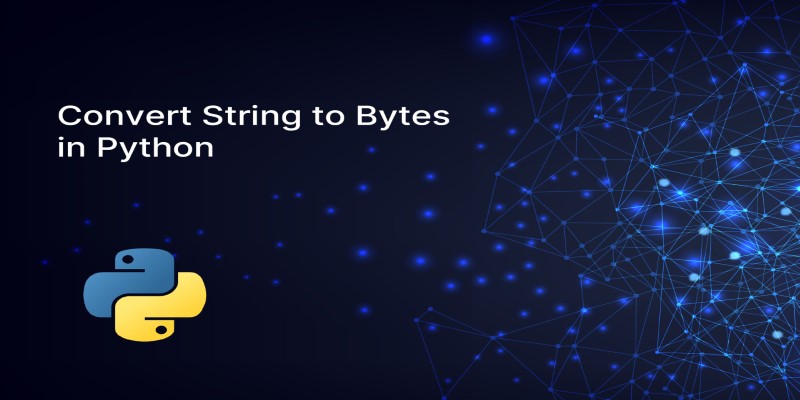Advertisement
Innovative tools for computer learning and making wise decisions are neural networks. They abound in self-driving cars and voice assistants. Though building them sounds difficult, rest assured. This straightforward instruction will teach you step-by-step. We will begin with the foundations and go gradually upward. You'll pick knowledge on weight changes and data movement.
You will also observe how the network improves and grows from mistakes. It's not necessary to be a professional! Anyone can apply the simple language and quick steps this guide employs. We will even create a basic Python neural network. It is for you whether your interests are merely recreational or those of a keen student. Let's start and collectively learn how to create a clever neural network from the bottom up.

One sort of machine learning model is a neural network. It functions much as the human brain does. It boasts layers of basic units known as neurons. Every neuron produces output, executes arithmetic, and receives inputs. Layers of these neurons link one another. Use the input layer as the first layer. The outcomes come from the last layer. Hidden layers are those in between. Neural networks learn by weight adjustment. During training, these weights vary to enhance predictions.
The network improves in estimating the correct responses with more training it receives. Many items employ neural networks. They assist with more than just language translation and image recognition. These models are effective instruments that help machines to become intelligent. Neural networks are behind the magic in photographs and word translation. They are essential for computers to reason in ways like those of humans.
Learn to create a neural network using Python, with easy steps, simple code, and unambiguous explanations.
A simple neural network has three layers:
Every layer has neurons. Weights join neurons. The network also has bias. The network learns with bias. Neurons have an activation role. ReLu and sigmoid are standard functions. These processes decide if a neuron "fires."
Python is a perfect tool for building a neural network. It features strong libraries and is easy to operate. Math will call for NumPy; charts will require Matplotlib. Use TensorFlow or PyTorch for advanced work. You may code using whatever Python editor you choose or Jupyter Notebook.
Neural networks pick knowledge from data. You have to feed them quality data. Let's consider a basic case.
Consider that we want a network to learn addition.
Your data can be separated into two sections:
Make sure your data is clean and prepared. Standardize it if necessary. It helps in improved network learning.
Let's now create a simple network. Python with NumPy will be our tool. A basic outline is shown below.
import numpy as np
# Input data
inputs = np.array([[1, 2], [2, 3], [3, 4]])
labels = np.array([[3], [5], [7]])
# Random weights and bias
weights = np.random.rand(2, 1)
bias = np.random.rand(1)
# Activation function
def sigmoid(x):
return 1 / (1 + np.exp(-x))
This setup has two inputs and one output. We use the sigmoid function for activation.
Now, we determine the output from the inputs. Forward propagation is the term for this.
# Forward pass
def forward(inputs, weights, bias):
z = np.dot(inputs, weights) + bias
output = sigmoid(z)
return output
We add the bias after the dot product of inputs and weights. The output passes the activation function.
The network must be informed of its distance off-target. We figure that we lost to do this. Mean squared error (MSE) is a prevalent loss function.
def mse_loss(predicted, actual):
return np.mean((predicted - actual) ** 2)
Backpropagation is how the network learns. It varies in weight and bias depending on the inaccuracy. Gradients help us to do this.
def sigmoid_derivative(x):
return sigmoid(x) * (1 - sigmoid(x))
# Training loop
for i in range(1000):
z = np.dot(inputs, weights) + bias
predictions = sigmoid(z)
loss = mse_loss(predictions, labels)
# Gradients
d_loss = 2 * (predictions - labels) / predictions.shape[0]
d_pred = sigmoid_derivative(z)
d_z = d_loss * d_pred
# Update weights and bias
weights -= 0.1 * np.dot(inputs.T, d_z)
bias -= 0.1 * np.sum(d_z)
if i % 100 == 0:
print("Loss at step", i, ":", loss)
After training, evaluate the learning network on new data.
new_input = np.array([[4, 5]])
new_output = forward(new_input, weights, bias)
print("Prediction:", new_output)
Your network will get smarter and stronger with simple effort. Layer more to increase its learning capability. For best results, try many activation functions. To raise accuracy, teach your network on additional data. Change the learning rate to hasten progress. Apply PyTorch or TensorFlow tools. These potent libraries make creating significant networks easy. Little adjustments could make a big difference. Continue testing and adjusting to have your network run as best it can.

Practice improves you. Try several engaging exercises to develop your abilities. Instruct the system to identify shapes or letters. Create a fundamental project forecasting house values. These programs enable you to grasp the actual dynamics of networks. Every attempt teaches you something fresh. Mistakes are natural and inevitable in learning. You improve the more you practice. Continue learning, testing, and development. You will soon effortlessly and confidently design intelligent networks.
Learning to build a neural network is a fascinating trip. Following this article's advice will help you make a basic but effective model. Python lets you experiment and strengthen your network. You will improve the more you practice. Although they initially look complicated, breaking down neural networks methodically makes it simpler. Keep trying several strategies, adding layers, or using fresh data. You will grow more confident the more you construct. One fantastic approach to making machines smarter is using neural networks. Keep learning; soon, you will be creating even more complex models.
Advertisement

Discover how generative AI is set to revolutionize enterprise operations, from productivity to innovation and beyond

Discover the benefits and applications of AI in SSDs for enterprises, boosting storage efficiency and data management.

Here’s a breakdown of regression types in machine learning—linear, polynomial, ridge and their real-world applications.

Using Python, learn to create a neural network from the start with simple steps, straightforward code, and concise explanations

Unlock the power of Python’s hash() function. Learn how it works, its key uses in dictionaries and sets, and how to implement custom hashing for your own classes

Meta launches an advanced AI assistant and studio, empowering creators and users with smarter, interactive tools and content

Explore the key benefits and potential risks of Google Bard Extensions, the AI-powered chatbot features by Google

Discover how Otter.ai uses GenAI to enhance meetings with real-time insights, summaries, and seamless cross-platform access.

Learn key features, benefits, and real-world uses of Robotic Process Automation (RPA) to boost efficiency and cut costs.

Snowflake introduces a secure service to deploy AI and ML models with full data protection and cloud flexibility.

Discover the top AI leading countries in 2025 making real progress in AI research and technology. Learn how the U.S., China, and others are shaping the future of AI with real-world applications and investment

Learn 7 different methods to convert a string to bytes in Python. Explore techniques like encode(), bytes(), and bytearray() to handle data conversion effectively in your Python projects